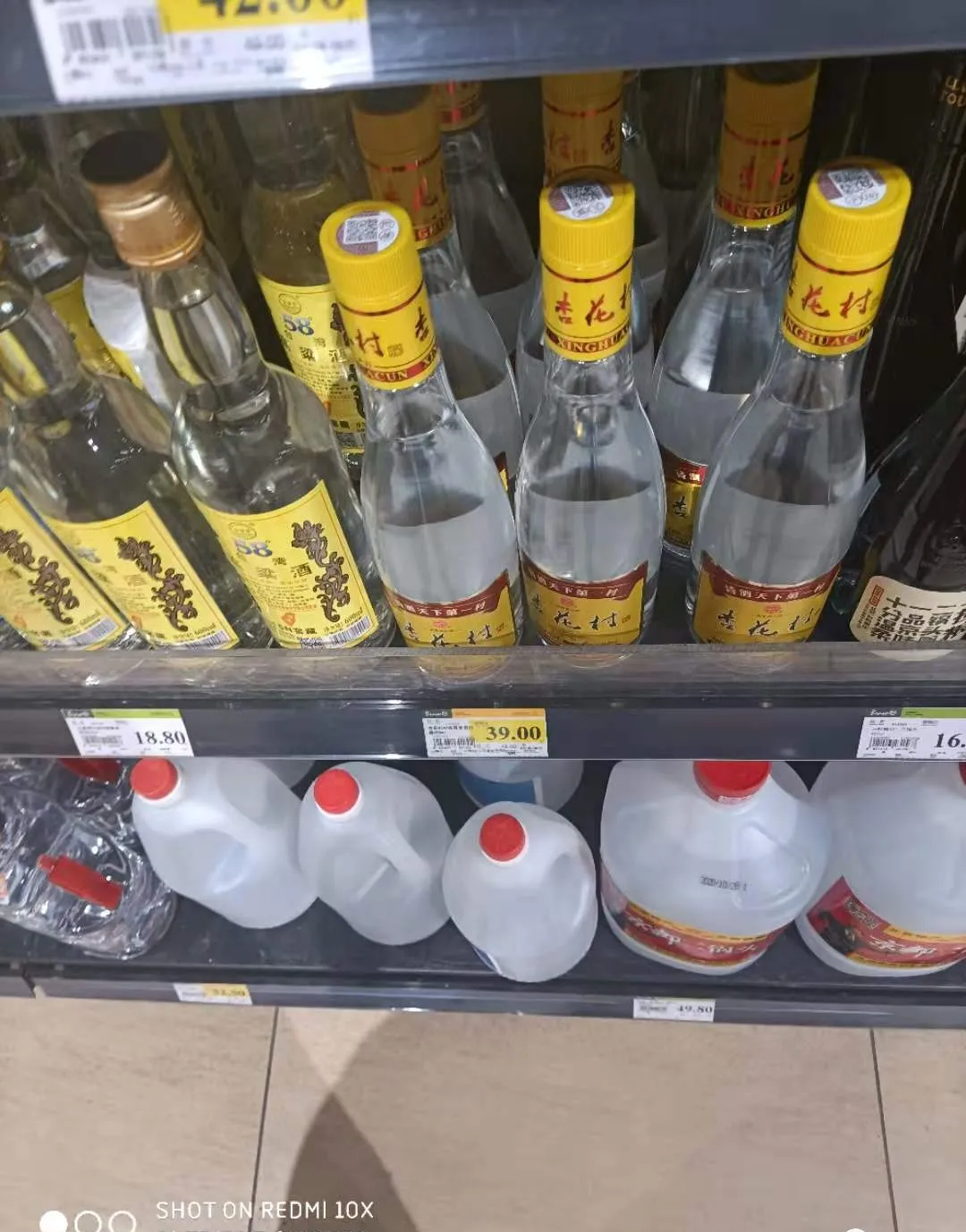The new regulations on liquor are coming, and the word liquor cannot be used indiscriminately in the future. Niu Er is estimated to be called Niu Er alcoholic beverages later, milk drinks are not milk a reason, it should have been like this a long time ago. After concocting wine, non-pure grain wine can not be called liquor. It is recommended to do the same, soy sauce, vinegar should be made in this way, the people consume clearly.
<h1 class="pgc-h-arrow-right" data-track="8" > the new regulations for liquor are coming, and the word liquor cannot be used indiscriminately in the future? Liquor into alcoholic beverages? What about solid liquor? </h1>
Today Xiaojiu suddenly saw this news, this news means that according to the implementation of the new standards of "Liquor Industry Terms" and "Beverage Wine Terminology and Classification", liquid liquor and solid liquor will clearly not be allowed to use non-solid substances to use alcohol and use additives? After seeing this news report, Xiao Brew first thought that this was not another circle to go back to the original point? What exactly does this sentence say?

Liquid liquor and solid liquor will clearly not use non-grain edible alcohol and edible additives, and non-grain edible alcohol shall not be used. The scope of cereals refers to a relatively wide range, in general, in China can be roughly divided into three categories: (1) grass cereals: including rice (indica, japonica, rice), wheat (wheat, barley, oats, rye), corn, sorghum, millet, millet, yellow rice, buckwheat, etc.; (2) bean (shū) class: including soybeans, broad beans, peas, mung beans, red adzuki beans, kidney beans, etc. Non-grain edible alcohol and edible additives, here it is obvious that corn, sorghum, wheat, etc., as for food additions are also contained (grain extraction) In other words, should it be grain beverage food additives?
It is obvious that the standard released this time is aimed at liquid liquor and solid liquor, first explain to you what is liquid liquor, liquid liquor is divided into two statements, one refers to the national standard in the liquid liquor, that is, we often say alcohol blended wine. The other is the liquid fermentation method of grain wine, there is no doubt that the standard introduced this time is for the national standard in the liquid liquor, and liquid fermentation liquor has nothing to do with it, in addition to the solid-liquid combination method liquor, solid-liquid combination liquor is what we often call skewers, a bottle of liquor contains 70% alcohol and 30% grain wine.
Do not use non-grain edible alcohol and edible additives, literally means that liquid liquor can not eat non-grain fermented edible alcohol, in other words, can use the use of cereal fermentation into alcohol, edible additives here is more difficult to understand, perfumed liquor configuration wine can be used in a bright and upright way. Solid liquor, liquid liquor, solid-liquid combination liquor, which is prohibited from adding flavors and spices to the solid state. If solid-liquid and liquid liquor do not add food additives, who will buy it? Or do you directly assign solid-liquid liquor and liquid liquor to the configuration liquor? Liquid liquor without adding flavors and fragrances who buys? I always find itself contradictory here.
Literally, this seems to be the release of a new standard for liquor, in fact, there is no difference from before, at most, is the meaning of elevating edible alcohol to food grade with edible flavor, and non-food grade cannot be used? Or will there be no additives in the future solid-liquid liquor and liquid liquor? Or non-grain additives, this sentence is read together and read separately, there is a more tangled problem Since liquid liquor can not add flavors and spices, solid liquid liquor can not put additives, why not directly abolish the liquid law? Is it necessary to justify the name of liquid fermentation method liquor? There is also the fact that if you use alcohol without adding food additives, or only allow the addition of non-grain food-grade additives, is the wine that has no taste at all a bottle of edible alcohol or a bottle of wine? Or is it equipped with liquor? I don't understand.
You know, most edible alcohol is fermented from grains, but what kind of grain is the grain here, why don't you put it on the table, why don't you just say that you can't use moldy and spoiled non-grain edible alcohol for blending? Edible alcohol has a clear quality standard, to carry out liquor blending must use more than two levels of use of alcohol, edible alcohol indicated that it can be eaten, the more high-quality edible alcohol indicates that the production cost is more expensive. I don't quite understand this standard, please explain